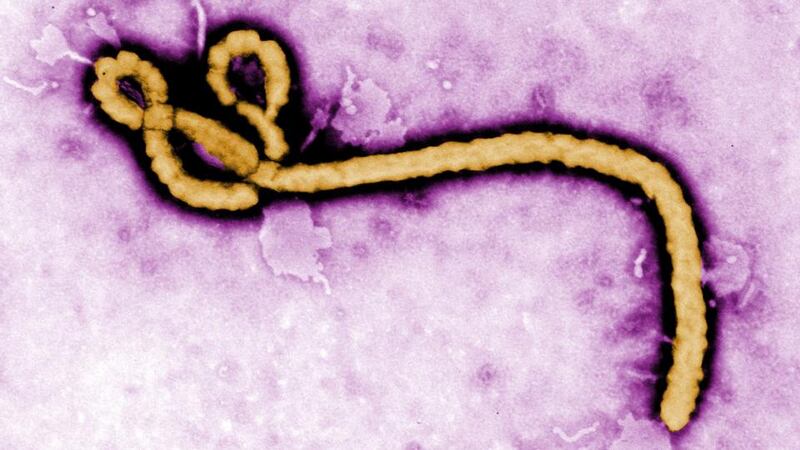An international team of scientists have come up with a drug therapy for the Ebola virus that appears to reverse the disease, knocking it out completely. Tests in 18 monkeys delivered a 100 per cent cure rate even when they were exhibiting advanced symptoms of disease.
The findings, published this evening online by the journal Nature, provide hope that an answer has been found to the Ebola outbreak in western Africa which has killed about 1,500 people.
This hope is reinforced given the survival of US aid workers Kent Brantly and Nancy Writebol, who contracted the disease while in Liberia. They received a last-hope drug called ZMapp, the same one used to treat the rhesus macaque monkeys.

"This experimental therapy still requires safety testing in humans, but these results indicate that it could be a promising option for the treatment of Ebola virus infection," say the authors from Canada, the US and China.
International efforts continue to develop a vaccine against the lethal disease which kills between 50 and 90 per cent of those who contract it. The countries most affected by the outbreak include Guinea, Sierra Leone, Liberia and Nigeria.
A vaccine would give advanced protection for those arriving to deliver aid to areas afflicted by the disease. ZMapp however is not a vaccine, it is a post-infection treatment made with a mix of three humanised antibodies produced in tobacco plants using genetic engineering technologies.
The monkeys were given the drug at three day intervals starting either three, four or five days after they were infected with the Ebola virus. The drug worked the same in all groups, reversing disease symptoms such as bleeding, rashes and signs of liver damage. There were three control rhesus macaques that did not receive ZMapp and all of them died within eight days of infection, the authors write.
Questions remain over whether the latest form of ZMapp is able to work like this against all the various strains of the Ebola virus discovered so far and they are plentiful.
A research report published yesterday by the journal Science describes efforts by geneticists to sequence the genomes of 99 distinct virus types. Understanding the genetic blueprint of a type allows direct comparison with another and this information makes it possible to track the development of an outbreak and to find a source, the report's authors write.
Each of the types carry “distinctive genetic variations” and researchers at Harvard, MIT and Sierra Leone used these to pin the types down to a region. They believe that this current Ebola outbreak, the largest yet seen, arose from a virus type from Middle Africa within the past decade.
Many outbreaks arise when humans catch the disease from a nearby “viral reservoir”, for example fruit bats, but this round of infection arose by human to human contact, the gene studies showed.
At some point two viral types from Guinea merged in an individual to deliver the strains in the current outbreak. The authors propose that this human viral reservoir may have been a healer in Guinea who worked with Ebola patients.
The researchers are able to see how unique viral mutations may be influencing the transmission of the disease and its current severity. The data does not unfortunately tell them how the disease can be stopped.
The work can be dangerous. Four co-authors of the Science paper working on the ground in Sierra Leone contracted Ebola virus and died before the manuscript could be published.
The findings in relation to ZMapp were described as “extremely encouraging”by David J Evans, professor of virology at the University of Warwick.
“These results do not prove that the healthcare workers who received ZMapp and recovered did so due to the therapy. Others who also received ZMapp succumbed to the virus,” he said.
It will require safety testing in humans and a scale-up in manufacturing which takes time and money. This may be too late to help halt the current outbreak, he said.
The ZMapp results were interesting because they showed the drug could be effective against the Ebola virus, said Dr Alain Kohl, UK Medical Research Council Programme Leader at the University of Glasgow Centre for Virus Research.
It would be important to confirm its action against other strains of the virus, but clinical trials in humans would probably not be possible, he believed. “At present too few people have received the drug to allow conclusions about efficacy and treatment timings, though in emergency situations it is at least one potentially useful option.”











